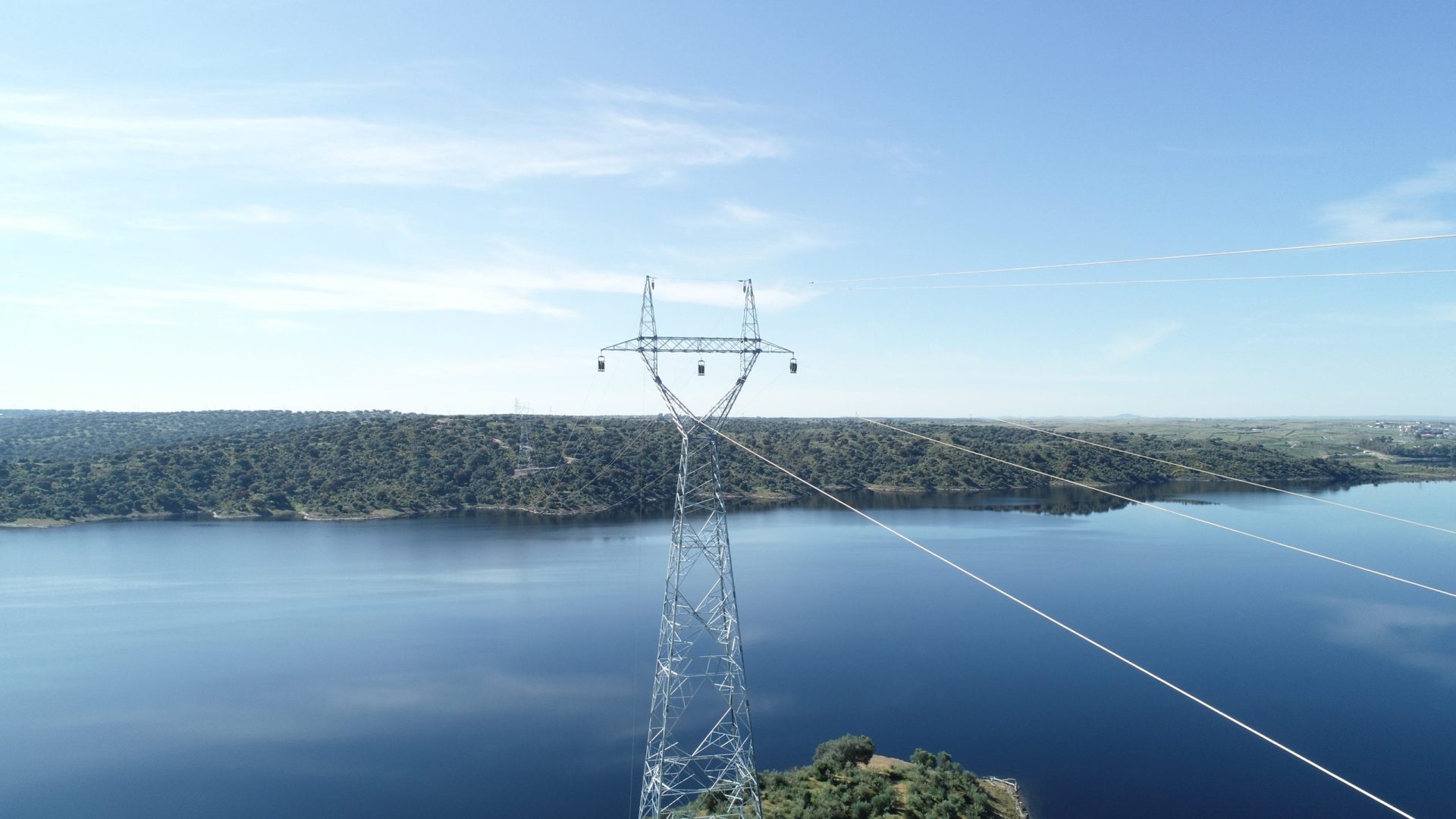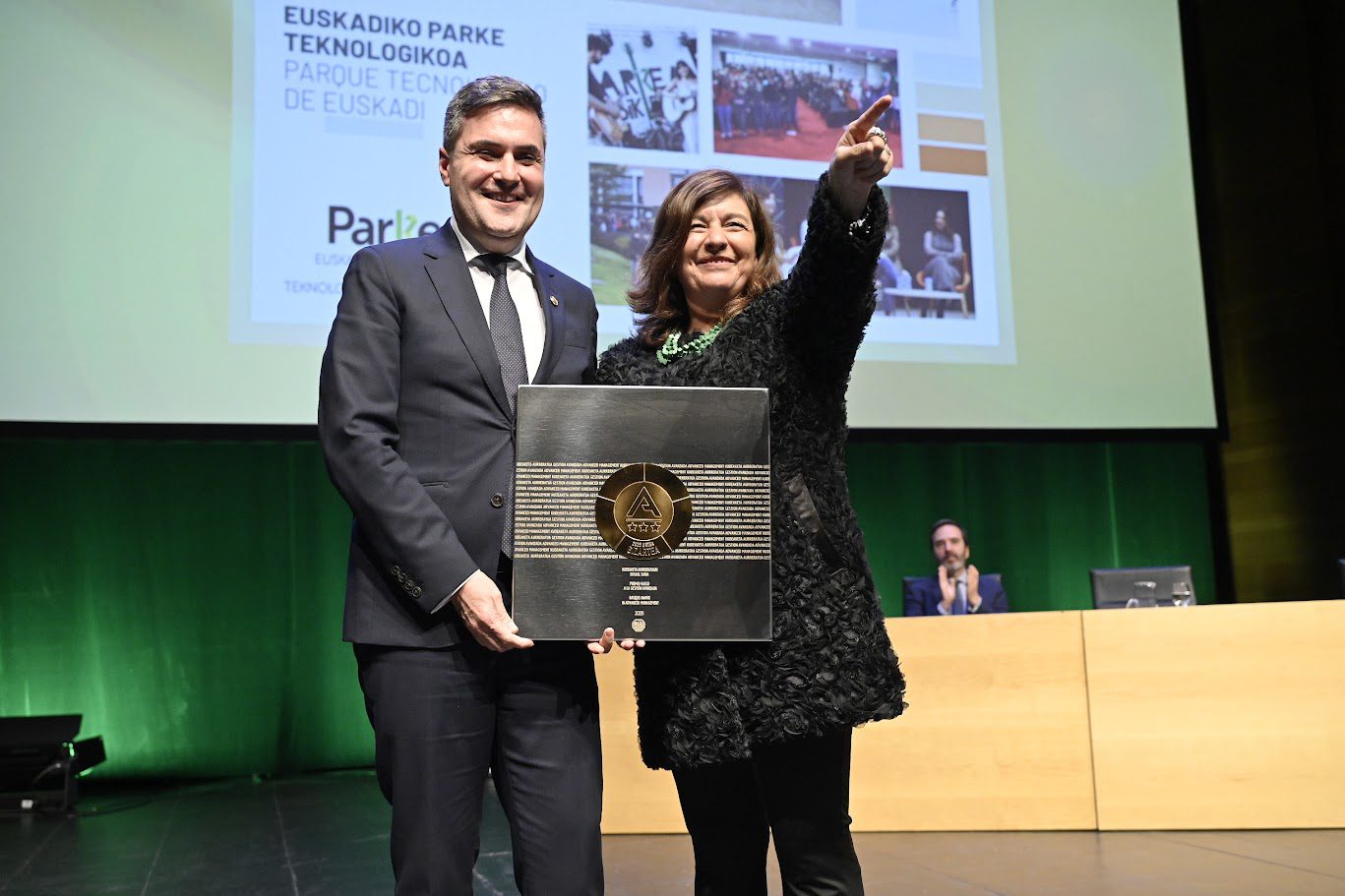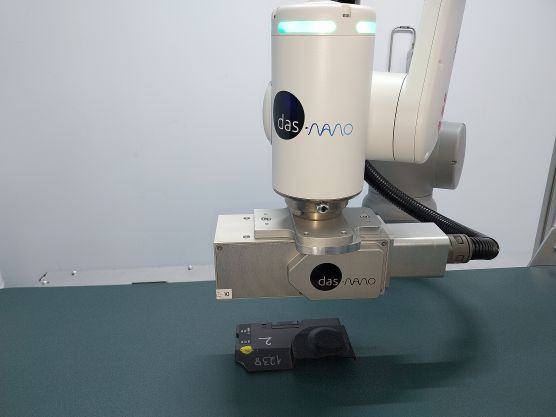A quantum computing system to optimise i-DE’s electricity distribution grid in the state

Ayesa and the Iberdrola group’s distribution company in Spain are testing a solution to maximise network availability by taking into account the impact of the growing electrification of demand.
Ayesa, a global provider of technology and engineering services, is collaborating with i-DE to develop a solution based on Quantum Computing technology to optimise the Spanish electricity grid managed by the distribution company.
The collaboration has been driven and funded by the Global Smart Grids Innovation Hub – Iberdrola, a world reference centre for innovation in smart grids, where the company explores the use and benefits of cutting-edge technology with its more than 100 trusted partners.
Analysing and optimising the electricity infrastructure of a distribution company with more than 11 million customers such as i-DE is a huge challenge. Added to this task are the increasingly changing and demanding market conditions derived from new figures such as self-consumption or storage, which make ‘traditional’ TOP-DOWN energy studies obsolete, increasingly requiring the analysis of energy flows in all directions (DOWN-TOP, FROM-TO, TO-FROM…) together with the need to anticipate future scenarios that optimise the management of the network, maximising its availability.
The current environment increasingly requires the management of the electricity grid in an integral manner, based on the following fundamental requirements:
- Processing of huge amounts of data
- Prediction of future scenarios
- Optimisation of network elements
Faced with this problem, i-DE, together with Ayesa, is exploring the use of Quantum Computing technology as a possible solution to such a demanding problem in all senses.
Aitor Moreno, head of Quantum Computing at Ayesa, explains that there are three types of network topology: ‘high, medium and low voltage, in which the entire process, from generation to supply, is connected’.
‘The idea is that each part of each process is automatically adapted according to the casuistry that occurs at any given time, to find that optimal and sustainable scenario over time in which experts are supported in the analysis of the best configuration for possible incidents, changes in topology, new customers or generators, and suggest scenarios that minimise risks,’ he explains.
Technical solutions
Quantum computing is a new technology that allows, in an exact way and not by approximations, to solve complex optimisation problems, mainly in graph topology environments, when it is necessary to evaluate all possible scenarios in an efficient way. That is why in this project Ayesa applies Quantum Optimization methods in the search for the best scenario.
The proposed optimisation algorithms (QUBO, Ising, QUOA, VQE, Quantum MonteCarlo…) will be measured in terms of their accuracy and will be applied in a combined hybrid method; and the implementation of the constraints will be based on Grover Adaptive Search (GAS) quantum functions, as well as on the use of matrices (black-box optimization BBO).




